In the context of the impact of climate change, extreme weather and climate phenomena fluctuate more strongly in both space and time, occurring with greater frequency and more irregularity, the Vietnam Hydrometeorological Industry has focused all resources, innovated modern and synchronous technology, improved the quality of human resources, improved the effectiveness of warning and forecasting work, proactively prevented early and from a distance, contributing significantly to socio-economic development, ensuring national defense and security, exploiting and using natural resources rationally, protecting the environment for the peace and sustainable development of the country.
Hydrometeorological activities began to develop strongly since 1954.
Hydrometeorological activities have been present in Vietnam since 1891; however, the history of Vietnam's hydrometeorological sector is determined to begin on October 3, 1945 with the event when President Ho Chi Minh signed Decree No. 41 to bring the Department of Astronomy and Phu Lien Observatory under the Ministry of Public Works and Transport under the name of the Department of Meteorology, marking the historical event of merging the Hydrometeorological Agency belonging to the Government of the Democratic Republic of Vietnam, giving birth to the Vietnam Hydrometeorological Sector.
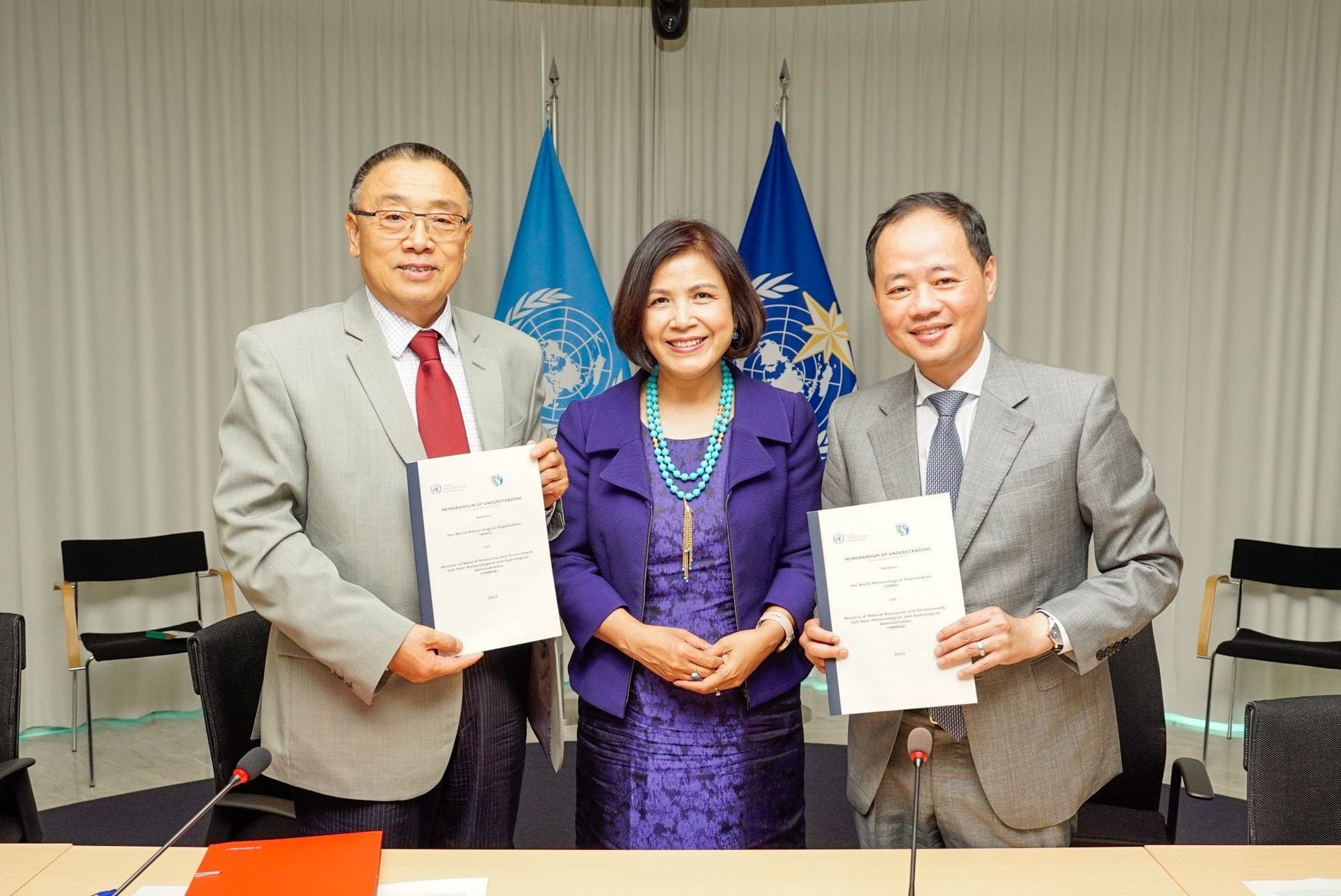
After the Dien Bien Phu victory and the Geneva Agreement in 1954, hydrometeorological activities began to develop strongly. The network of stations increased by more than 400 stations and points compared to before with many new types of observation stations such as: radio reconnaissance, agricultural meteorology, radiation..., the whole country strongly developed the "People's Hydrology" activities: 20 Northern provinces had 600 communes working as People's Hydrology.
Through the periods, in 1975, after the country was unified, the General Department of Hydrometeorology was established under Decree No. 215 dated November 5, 1976 of the Government (on the basis of merging the Meteorological Department and the Hydrological Department), opening a new turning point in the development history of the industry. Also in this year, Vietnam became an official member of the World Meteorological Organization (WMO) - the United Nations' specialized agency on hydrometeorology.
During this period, the industry's organizational system changed many times to suit the urgent demands of the period of healing war wounds and restoring the country's economy.
In 1976, the Hydrometeorological Department registered in the list of WMO's basic station network and conducted international reporting for 22 meteorological stations, including Truong Sa Station and Hoang Sa Station. In July 1994, the Government issued Decree No. 62 stipulating the functions, tasks, powers and organizational structure of the General Department of Hydrometeorology.
The Hydrometeorological Sector has participated in international organizations such as the International Typhoon Committee, the ASEAN Subcommittee on Meteorology and Geophysics; developed 130 more meteorological, hydrological and oceanographic stations on the Truong Sa archipelago and island border areas.
During the period from 1975 to early 2000, weather forecasting was mainly based on results from the following methods: Synop Forecasting + Physical Statistics + Forecaster's Empirical Processing.
The network of hydrometeorological observation stations continues to be consolidated and developed nationwide, restoring and building 130 new hydrometeorological and oceanographic stations in the southern provinces from the southwestern border to the Truong Sa archipelago, contributing to protecting the sacred sovereignty of the Fatherland in the border provinces, islands and the East Sea.
In the late 90s when the Internet was operating in Vietnam, the Industry initially researched and tested the application of numerical value forecasting products from the Internet, which was the premise for the development of modern numerical value forecasting technology later.
In particular, the modern monitoring network such as radio reconnaissance and weather radar with the support of countries such as the Soviet Union and France was formed in the 1970s. This later became an important premise for the General Department of Hydrometeorology to expand and develop a modern monitoring network to exploit applications and serve the forecasting and warning of dangerous natural disasters in the future.
Period 2000 - present: Comprehensive improvement of Vietnam's Hydrometeorological Industry
During this period, our country entered into innovation with economic development achievements and more favorable conditions for synchronous investment and upgrading of hydrometeorological work.
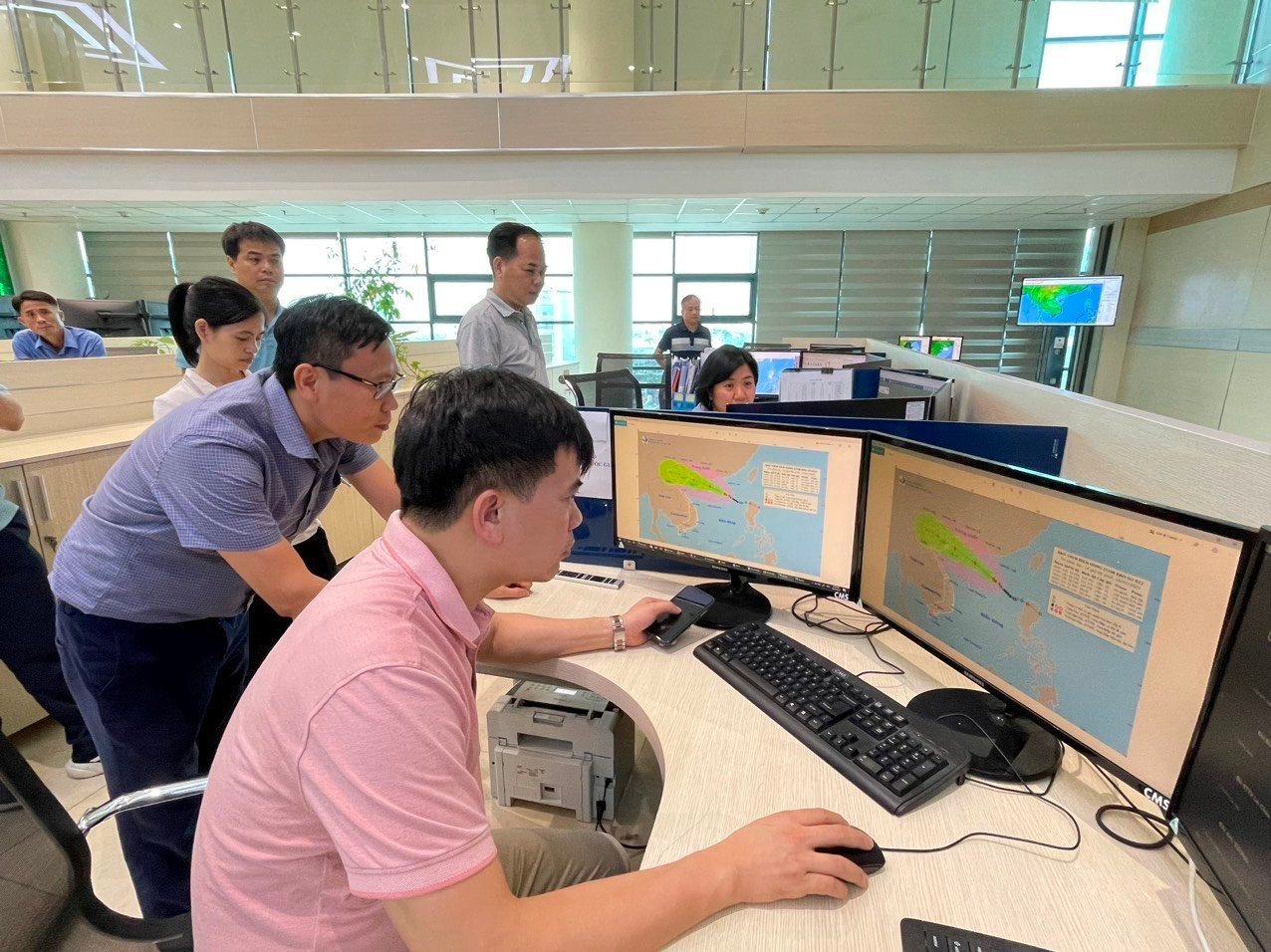
In 2002, the Government issued Decree No. 91 establishing the Ministry of Natural Resources and Environment on the basis of merging the General Department of Hydrometeorology, the General Department of Land Administration and a number of areas of a number of other ministries and branches.
The Law on Hydrometeorology 2015 was passed by the National Assembly and took effect in 2016. In 2018, the Prime Minister issued Decision No. 03 dated March 9, establishing the General Department of Hydrometeorology on the basis of the National Hydrometeorology Center and the state management department of Hydrometeorology of the Department of Hydrometeorology and Climate Change. The organizational structure of the General Department is managed vertically from the central to local levels, with 23 affiliated units, nearly 3,000 civil servants, public employees and workers.
On September 25, 2021, the Central Party Secretariat issued Directive No. 10-CT/TW on strengthening the Party's leadership over hydrometeorology to meet the requirements of national construction and defense. On November 23, 2021, the Prime Minister signed Decision No. 1970/QD-TTg approving the Strategy for Hydrometeorology Development to 2030, with a vision to 2045.
The sector has implemented Decision No. 10/2023/QD-TTg of the Prime Minister stipulating the functions, tasks, powers and organizational structure of the General Department of Hydrometeorology under the Ministry of Natural Resources and Environment.
The important documents issued by the Party and the Government are the guiding principles for all actions of the sector to gradually meet the urgent requirements for the cause of national construction and protection in the new situation. The role and position of the hydrometeorological sector have been gradually improved, demonstrating the importance for the consistent and unified development of the natural resources and environment sector in the process of building and developing the country to develop sustainably and adapt to climate change.
International cooperation activities continue to orientate development and expansion, enhancing the role and position of Vietnam internationally such as the United Nations, the Asia-Pacific region and Southeast Asia. The Vietnam Hydrometeorology sector has contributed to helping the world recognize Vietnam as a model in proactively building an early warning system that not only helps Vietnamese people and local authorities but also countries around the world to refer to for development. This was affirmed through the visit and work of United Nations Secretary-General Antonio Guterres to the Hydrometeorology Department in October 2022.
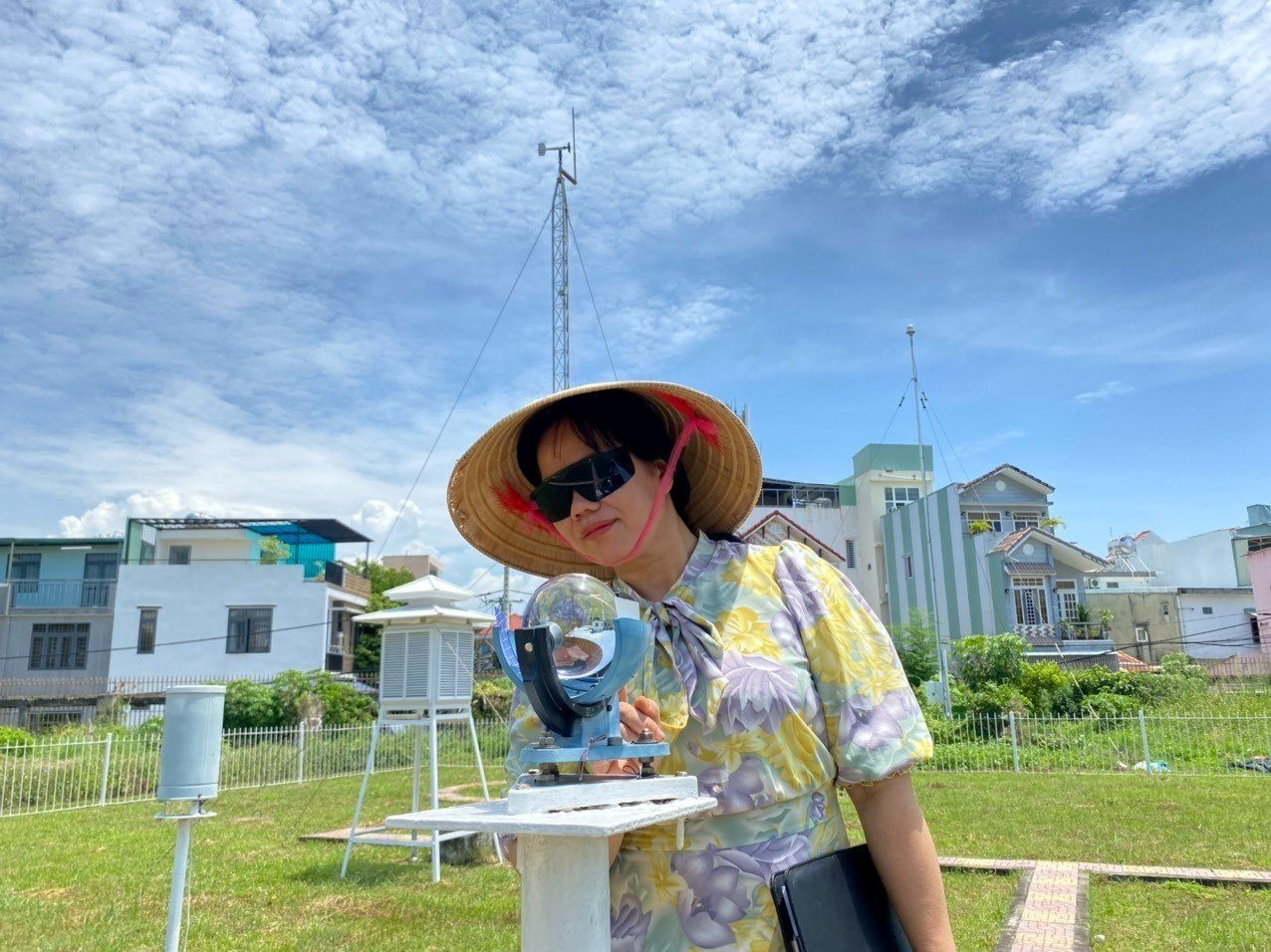
In addition, the General Department of Hydrometeorology and WMO officially signed a Memorandum of Understanding on assigning Vietnam as the Regional Center of the Southeast Asia Flash Flood Warning Support System in Geneva (Switzerland). The FFGS flash flood and landslide warning technology introduced into the operational system contributes to improving the effectiveness of flash flood and landslide warning earlier and more detailed in Vietnam and sharing support for Southeast Asian countries such as Laos, Thailand, and Cambodia.
Notably, in June 2023, a representative of the Vietnam Hydrometeorological Administration was elected as Acting Chairman of the Asia Meteorological Association Region II (RAII) until the election of the position of RAII Chairman for the 2024-2027 term.
The Hydrometeorological sector has also exploited and made the most of all resources from the professional support of WMO to specialized cooperation projects with developed countries such as Japan, Finland, Korea, Italy, UK... One of those efforts has a practical role from the Projects of the Japan International Cooperation Agency (JICA).
From an initial network of more than 90 monitoring stations, the hydrometeorological monitoring network now has more than 3,000 stations/points nationwide; the manual rain gauge network from 1960 has been completely replaced by an automatic rain gauge system. The rate of surface hydrometeorological stations that have been automated has reached nearly 40%, with some types of stations reaching over 80%. The industry has completed a modern radar system in key areas, exploiting the Global Lightning Positioning Station Network of 18. Many modern hydrological mathematical models in the world have been studied and applied in flood forecasting and warning. Oceanographic forecasting has also been developed to serve marine forecasting and marine economic sectors.
When natural disasters occur, each soldier on the meteorological and hydrological front has trained himself to be patient and accurate, facing many dangers to grasp and analyze information, making forecasting decisions to serve the work of proactively preventing, combating and mitigating natural disasters.
Typical units in the Natural Resources and Environment sector apply digital transformation in business operations
In recent years, the KTTV sector has been one of the typical units in the Natural Resources and Environment sector to research and apply digital transformation in the General Department's professional activities. This is a key, leading, core task in the current 4.0 revolution.
The industry has been gradually introducing a centralized data management software system into its operations (CDH). Up to now, all manual and automatic monitoring data from more than 3,000 traditional and automatic monitoring stations and points nationwide as well as many types of international data serving forecasting and warning work have been collected, centrally managed and immediately shared for specialized units under the General Department of Exploitation to use quickly, effectively, and warn of impacts to the community. In the forecasting business, Smartmet has been applied in issuing quick forecast bulletins.
In the past 3 years, 2 units, the High-altitude Meteorological Station and the Southern Hydrometeorological Station under the General Department of Hydrometeorology, have been awarded the "Vietnam Digital Awards", an award honoring outstanding organizations and individuals in developing or applying digital technology, transforming management models, and business production to improve operational efficiency.
The hydrometeorological sector has promptly invested heavily in technology and science. A number of high-resolution regional models have been applied, forecasting for about 650 specific locations on the mainland and in the Hoang Sa and Truong Sa archipelagos. Quantitative rainfall forecasting from weather radar observation networks and automatic rainfall stations has been gradually applied to hydrological forecasting, improving the ability to provide early warning for many types of natural disasters such as floods, inundations, flash floods, landslides, droughts, and saltwater intrusion.
However, in the coming time, hydrometeorology will play a particularly important role in the country's development process. To adapt to climate change, the hydrometeorology sector needs to continue to closely follow the general development orientations of the Natural Resources and Environment sector to serve sustainable development.
Source

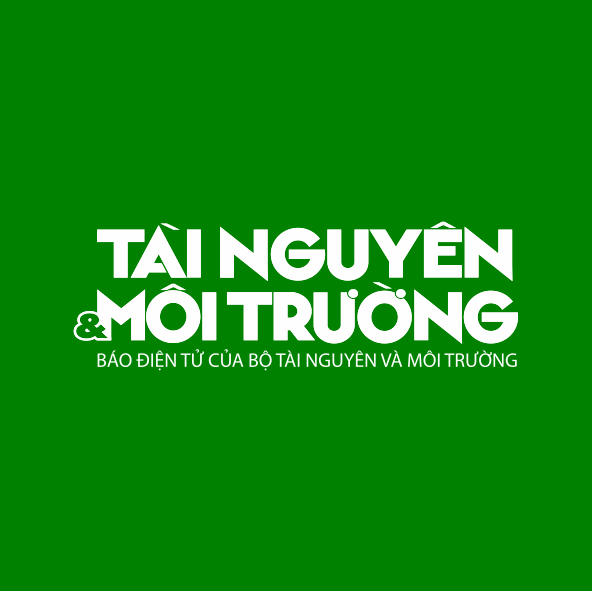


![[Photo] Looking back at the impressive moments of the Vietnamese rescue team in Myanmar](https://vstatic.vietnam.vn/vietnam/resource/IMAGE/2025/4/11/5623ca902a934e19b604c718265249d0)

![[Photo] "Beauties" participate in the parade rehearsal at Bien Hoa airport](https://vstatic.vietnam.vn/vietnam/resource/IMAGE/2025/4/11/155502af3384431e918de0e2e585d13a)








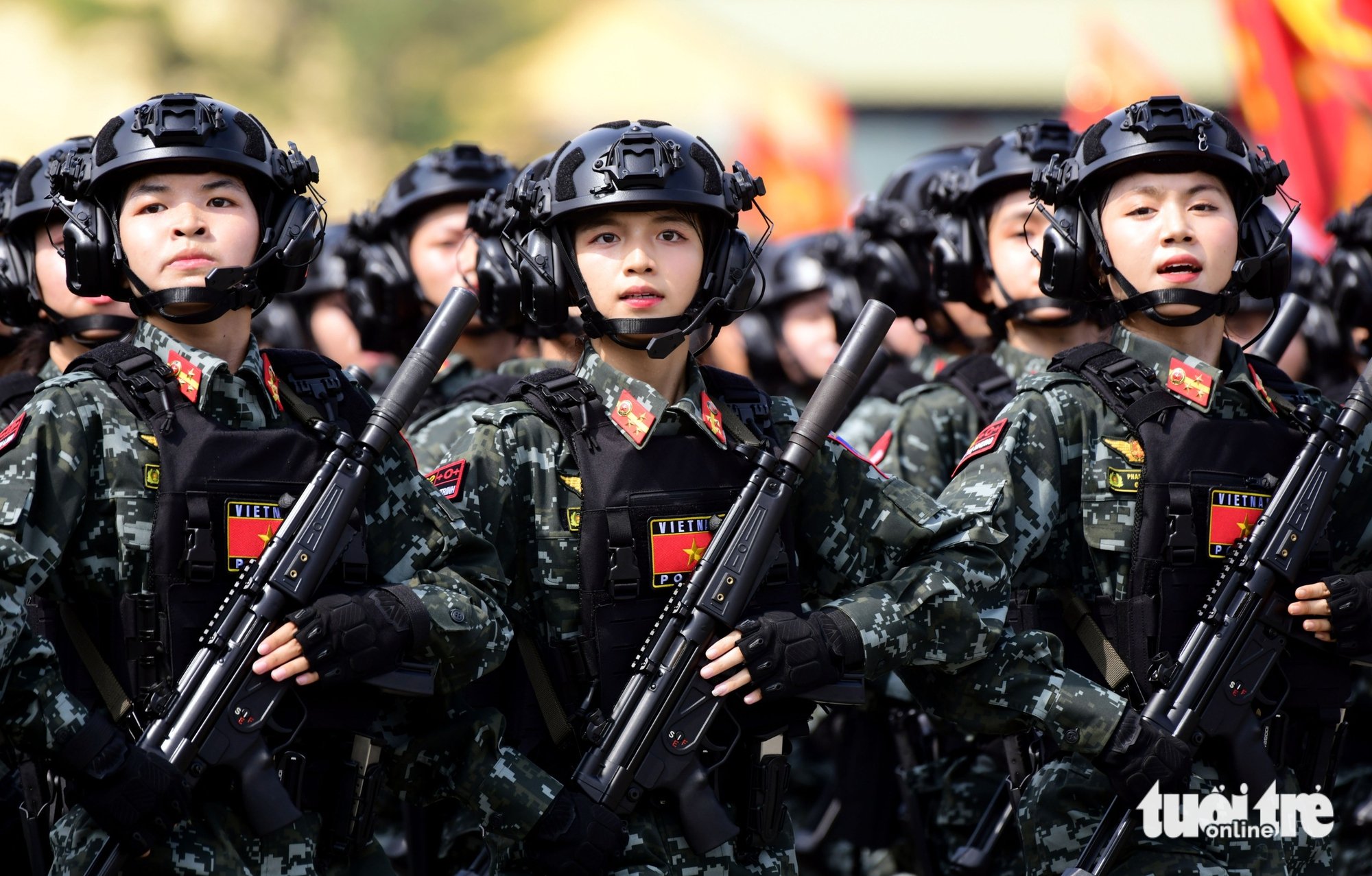

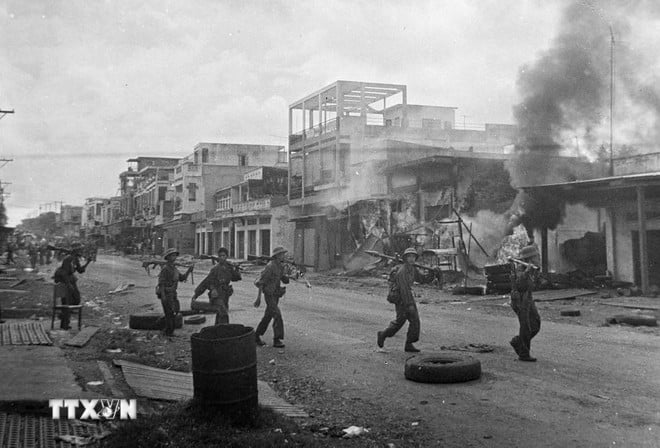

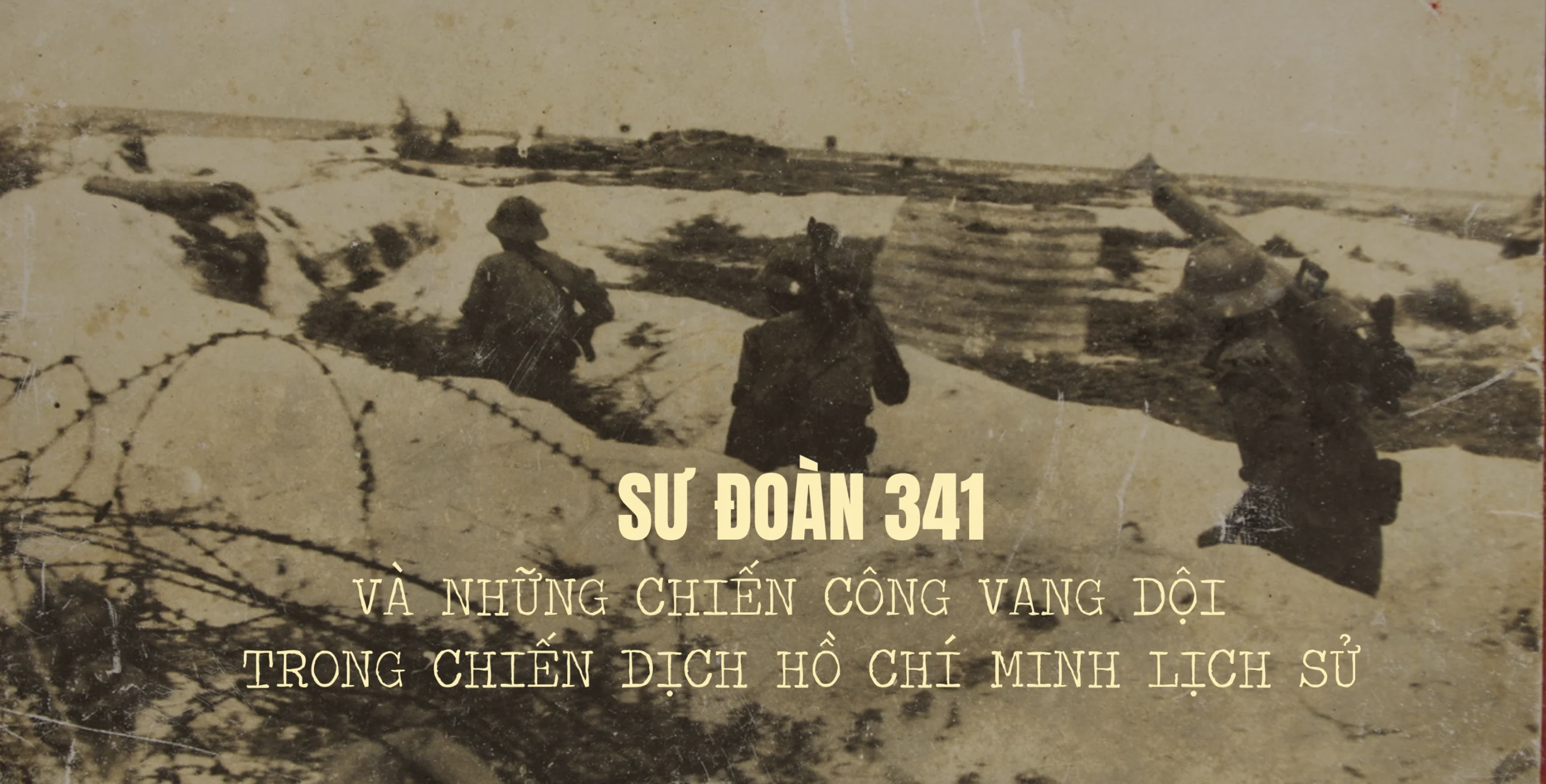
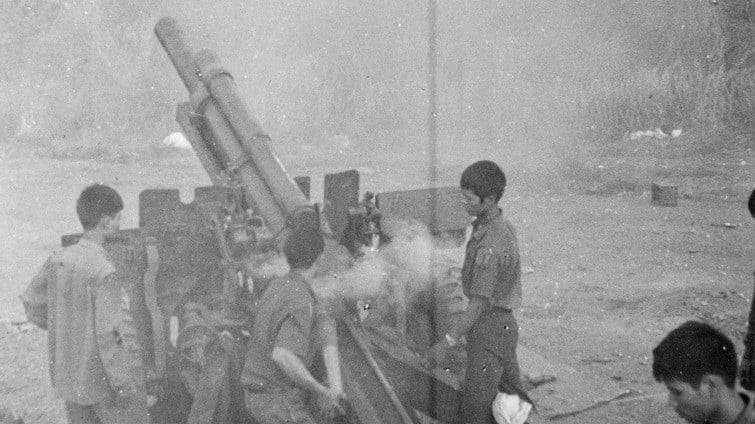

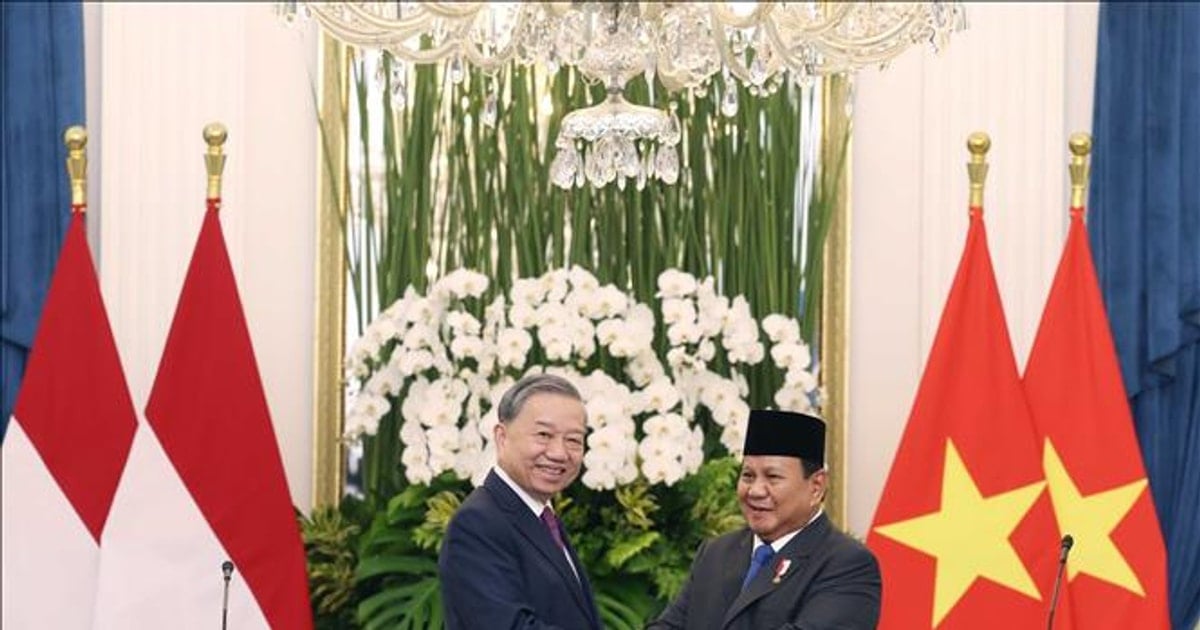


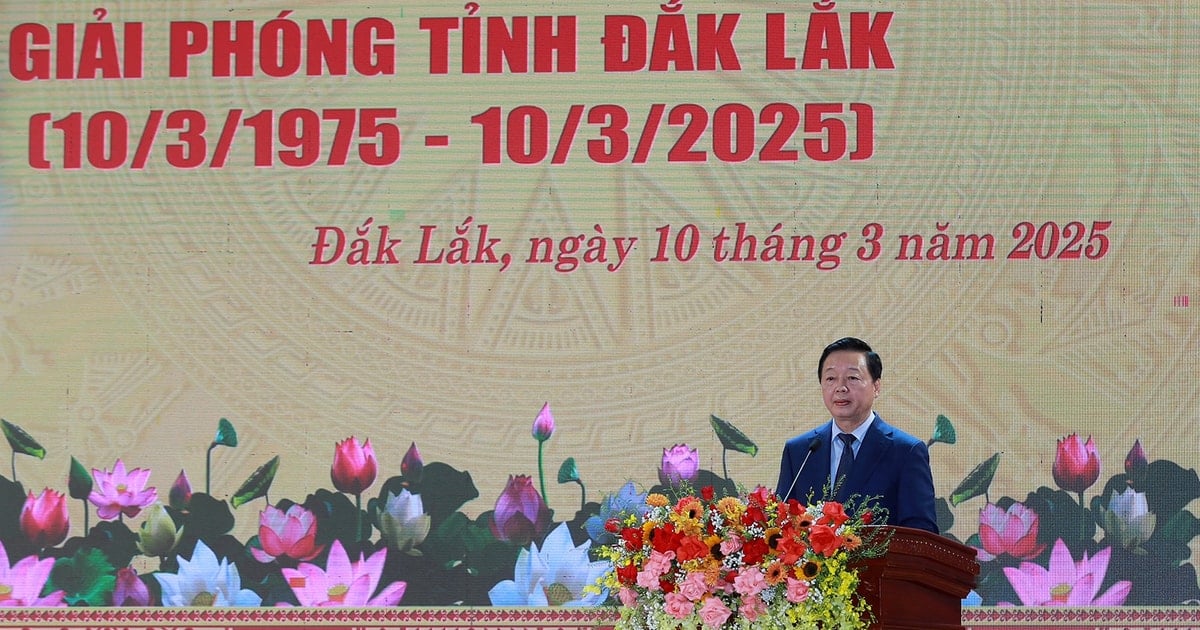
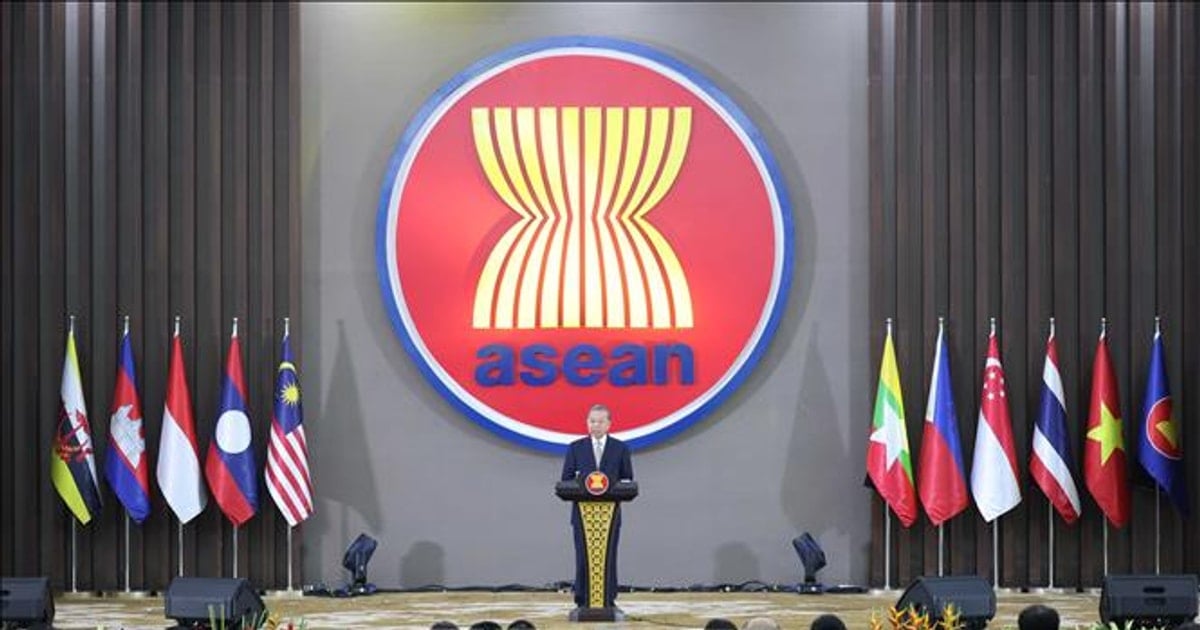
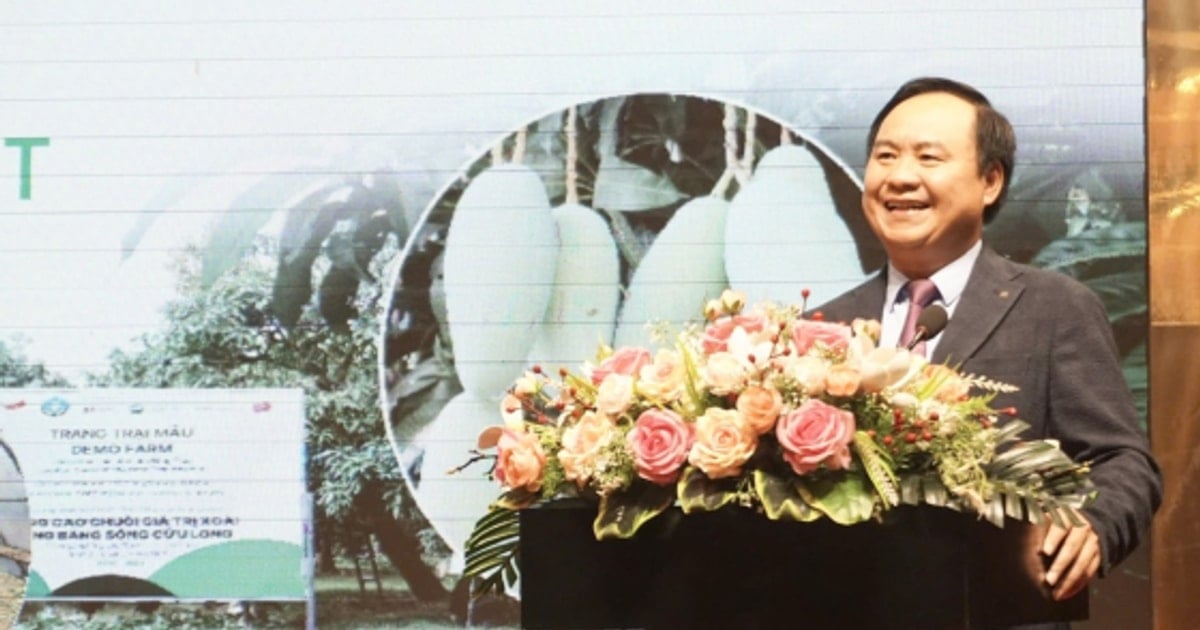

![[Photo] Summary of parade practice in preparation for the April 30th celebration](https://vstatic.vietnam.vn/vietnam/resource/IMAGE/2025/4/11/78cfee0f2cc045b387ff1a4362b5950f)













































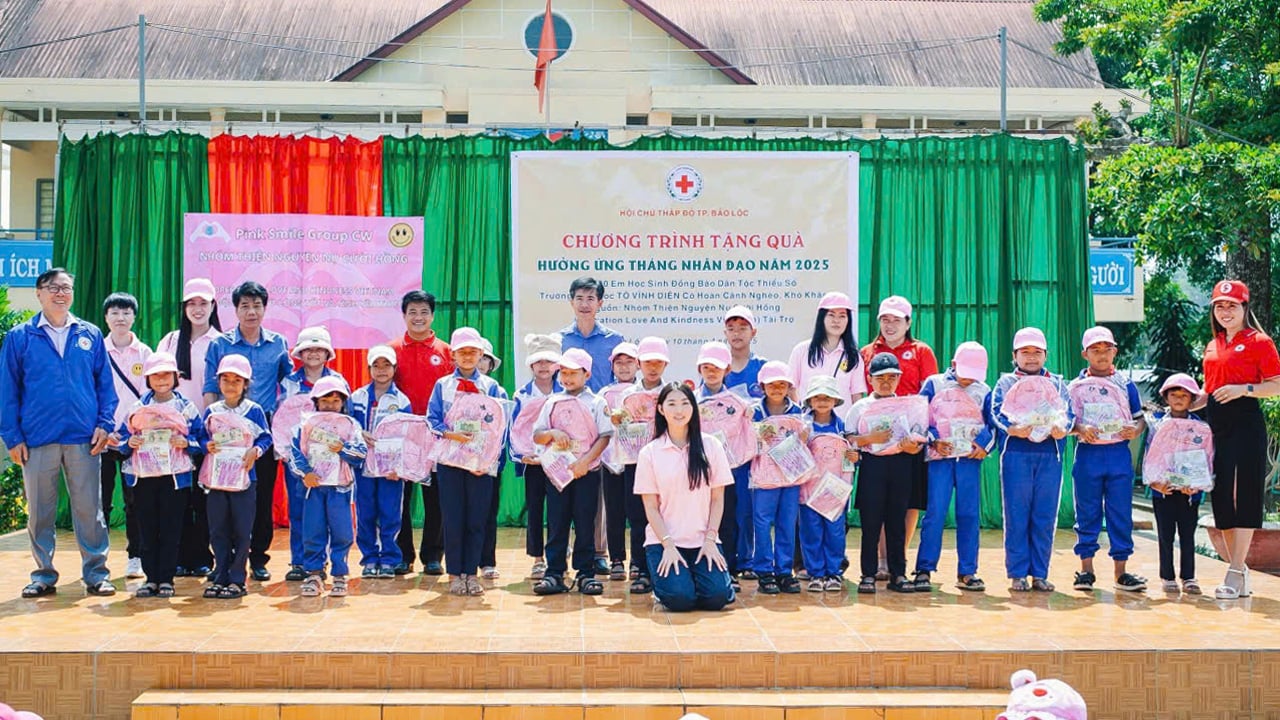














Comment (0)